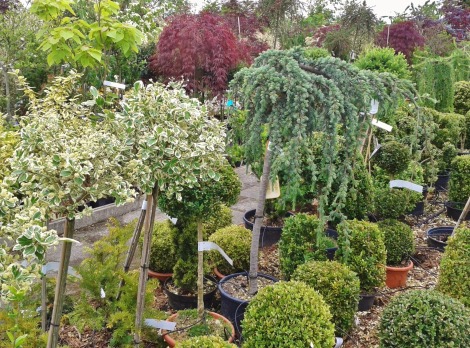Planting trees and watching them grow, thrive, and mature is one of the most rewarding experiences in life.
Planting trees and watching them grow, thrive, and mature is one of the most rewarding experiences in life. There is no better gauge of the profound movement of time through our lives. Trees are used as markers of significant signposts in life: births, marriages, deaths.
My father-in-law planted a flowering crabapple to mark the birth of each of his granddaughters. In a small town in Saskatchewan, those lovely pink flowering trees are still there, each planted for a baby girl who is now a woman—Charlotte, Jenny, Emma, and Sara.
This post will deal with tree selection. The most important decision to be made is what species of tree? Many ideas can affect our decision process and that is good, but unless we have accurate information about the tree’s mature size, it is easy to make a big mistake. Check several references. Perhaps the best approach is to go and see the tree in an older neighbourhood.
Calgary’s climate is severe and I would caution anyone against planting a tree with a hardiness rating higher than three.
A large tree can take up a lot of space, create deep shade, and take up more than its share of water. The same potential tree may grow so wide as to squeeze out other established trees.
Know that the choice you make, if it is uninformed, will cause trouble for you, your neighbours, and the tree itself. Many a large tree has been brutally pruned because it radically outgrew the space it was planted in. This does none of us any good. Firstly, these brutal images need to be removed from our world and from the public’s frame of reference so that they are not considered default practices. Secondly, they are ugly—an insult to the tree’s dignity.
Choose a species that works in the space available and everyone is happy—neighbours, homeowner, and tree.









